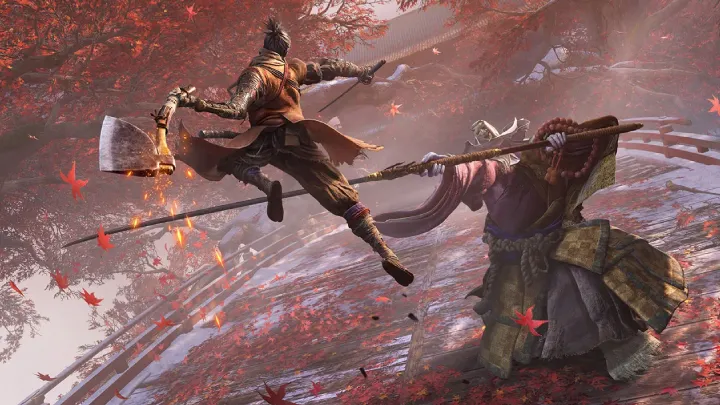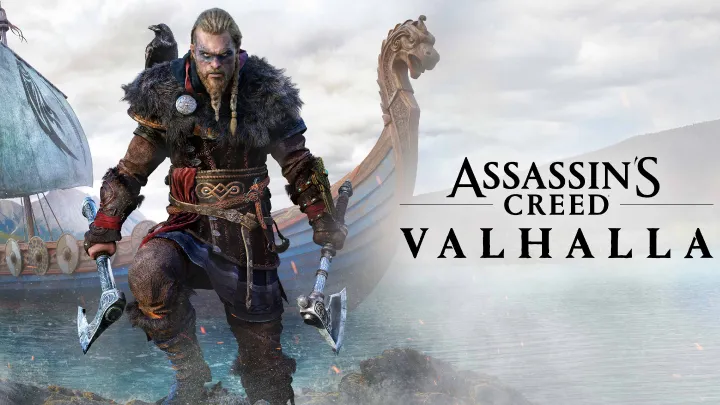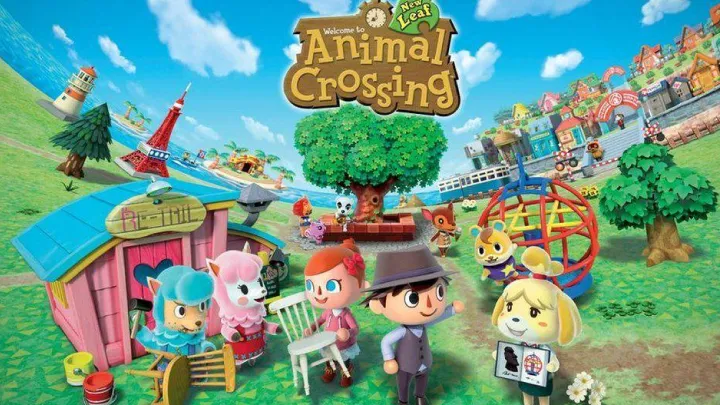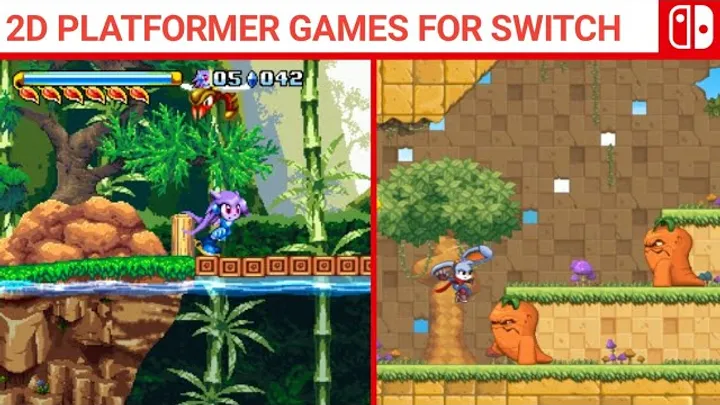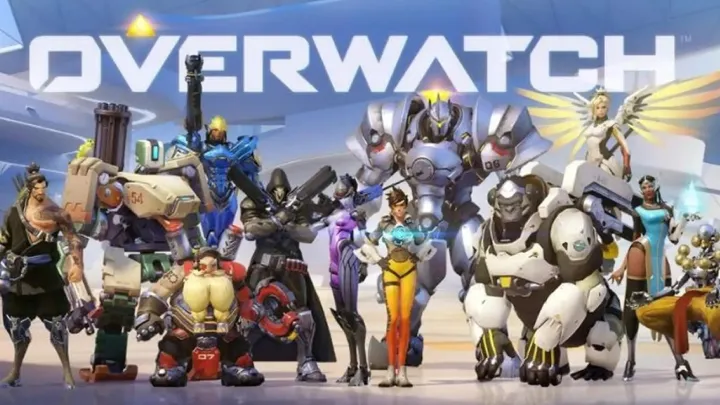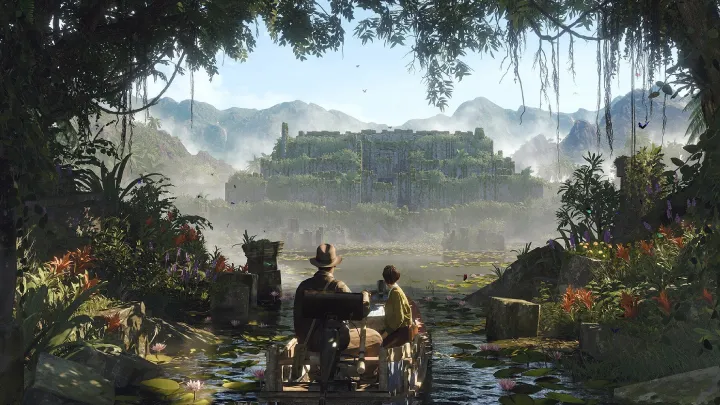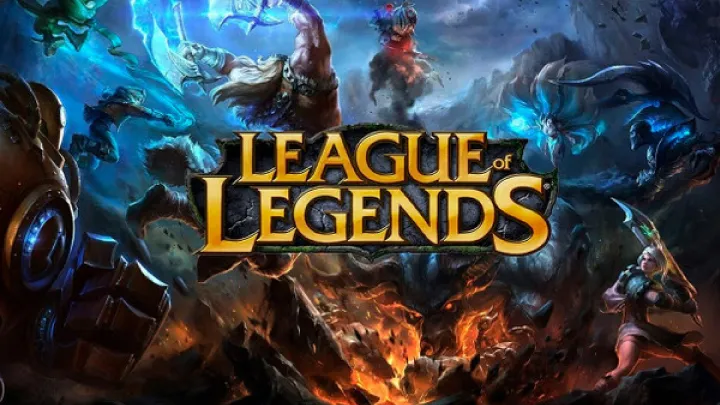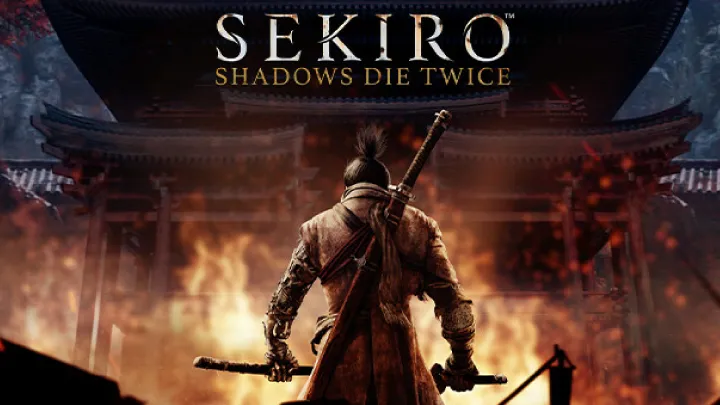
FromSoftware's Sekiro: Shadows Die Twice has garnered widespread acclaim for its intricate combat mechanics, deep storytelling, and stunning world design since its release in 2019. Unlike its predecessors in the Souls series, Sekiro emphasizes a unique blend of skill-based combat and exploration that requires players to master various techniques while navigating a rich narrative landscape. One of the most compelling aspects of Sekiro is its focus on mastery and the consequences of failure. This article will delve deeply into this theme, exploring how the game’s mechanics, narrative structure, and player experience intertwine to create a profound sense of consequence and mastery.
The Setting: A World in Turmoil
The Historical Context
Set in late 1500s Sengoku period Japan, Sekiro places players in a world filled with political intrigue, supernatural elements, and moral ambiguity. Players assume the role of Wolf (Shinobi), a skilled assassin on a quest to rescue his kidnapped lord and exact revenge on his enemies. The game’s setting is not just a backdrop; it plays a significant role in shaping the narrative and the challenges that players face.
The turmoil of the Sengoku period is reflected in the game’s environments, from the sprawling castles to the desolate temples. Each area is meticulously crafted, filled with enemies that embody the chaos of the time. This historical context enriches the gameplay, as players navigate through a world steeped in conflict and danger, highlighting the stakes involved in their journey.
The Balance of Life and Death
At the heart of Sekiro’s narrative is the concept of life and death, which is intricately woven into the gameplay mechanics. Players encounter supernatural elements, such as the Dragon’s Heritage, which grants them unique abilities but also ties them to the cycle of death and rebirth. This duality forms the crux of Wolf’s journey, as he grapples with the implications of his powers and the weight of his decisions.
The game emphasizes that death is not merely an obstacle but a critical component of the experience. Each death forces players to confront their failures while also providing opportunities for growth and learning. This intertwining of life and death creates a rich narrative framework, encouraging players to delve deeper into the themes of consequence and mastery.
The Mechanics of Mastery: Combat as a Dance
The Importance of Timing and Precision
Sekiro’s combat system is a departure from traditional action RPG mechanics, emphasizing a posture-based system rather than relying solely on health bars. Players must focus on breaking the enemy’s posture through precise attacks, deflections, and counters. This shift requires players to master the art of timing and precision, transforming combat into a rhythmic dance where each movement matters.
The game’s combat encourages players to read their opponents, anticipating their attacks and reacting accordingly. This emphasis on skill mastery elevates the combat experience, making each encounter a test of reflexes and strategy. Players who succeed are rewarded not only with victory but also with a profound sense of accomplishment, reinforcing the idea that mastery is integral to progression.
Learning from Failure
Failure is a pivotal aspect of Sekiro’s design. When players die, they are given the opportunity to learn from their mistakes and adapt their strategies. Each encounter with a boss or enemy is a chance to refine techniques, experiment with different approaches, and understand the intricacies of the combat system. This iterative process fosters a sense of mastery as players become more attuned to the game’s mechanics.
The game also incorporates a unique mechanic called Resurrection, allowing players to return after death. This feature adds layers to the combat, as players must decide when to utilize it strategically. Misusing Resurrection can lead to dire consequences, such as losing valuable resources or facing stronger enemies. This balance of risk and reward reinforces the idea that mastery comes with understanding both the mechanics and the consequences of one’s actions.
The Weight of Consequence: Death and Its Implications
The Impact of Death on Progression
In Sekiro, death carries significant weight, influencing both the player’s progression and the narrative. When players die, they lose a portion of their experience points and currency, which can hinder their ability to upgrade skills and abilities. This loss creates a tangible sense of consequence, motivating players to approach encounters with caution and strategy.
Moreover, the game introduces a Dragonrot mechanic, where dying repeatedly affects NPCs and their storylines. Characters may become afflicted with Dragonrot, leading to missed opportunities and altered interactions. This consequence emphasizes the interconnectedness of the world, where player actions and failures have repercussions that extend beyond individual encounters.
The Emotional Toll of Consequence
The emotional weight of death in Sekiro is further compounded by the narrative themes of loss and sacrifice. As players progress, they encounter characters who face their own struggles, often tied to the consequences of their choices. The game’s narrative forces players to confront the emotional ramifications of their actions, creating a deeper connection to the world and its inhabitants.
For instance, the relationship between Wolf and his lord, Kuro, is central to the story. Players witness the toll that failure takes on their bond, as Kuro’s fate is intertwined with Wolf’s actions. This narrative connection reinforces the idea that mastery is not solely about skill but also about the emotional investment in the characters and their journeys.
Mastery Through Exploration: The Role of Environment
The Interconnected World
Sekiro’s world design encourages exploration, rewarding players who take the time to uncover its secrets. Each area is interconnected, with shortcuts and hidden paths that provide opportunities for players to navigate the landscape strategically. This design fosters a sense of mastery, as players learn to read the environment and utilize it to their advantage.
Exploration also plays a critical role in acquiring new skills, upgrades, and items that enhance Wolf’s abilities. By venturing off the beaten path, players can discover hidden shrines that grant new techniques or unlock powerful tools. This encourages a sense of curiosity and investment in the world, reinforcing the idea that mastery involves not just combat but also the understanding of the environment.
Environmental Storytelling
The environments in Sekiro are rich with lore and storytelling, adding depth to the player’s journey. Each location tells a story through its architecture, enemies, and items, inviting players to piece together the narrative. This environmental storytelling enhances the emotional impact of the game, as players become more invested in the world and its history.
For example, the dilapidated ruins of Ashina Castle reflect the struggles of its inhabitants, while the serene beauty of the Senpou Temple contrasts with the chaos of the surrounding areas. These visual cues create a rich tapestry that invites exploration and rewards players for their curiosity, reinforcing the notion that mastery extends beyond combat to encompass the entire experience.
The Significance of Skill Trees: Customization and Mastery
Skill Trees and Player Agency
Sekiro offers a unique skill tree system that allows players to customize Wolf’s abilities and playstyle. The skill trees are divided into different categories, such as combat arts, prosthetic tools, and enhancements. This system encourages players to experiment with various builds, tailoring their approach to align with their strengths and preferences.
The ability to choose skills that complement a player’s playstyle adds depth to the mastery experience. For instance, a player who prefers aggressive combat may focus on unlocking powerful combat arts, while another player who enjoys stealth may invest in skills that enhance sneaking and assassination tactics. This customization fosters a sense of agency, allowing players to shape their journey based on their individual preferences.
The Learning Curve of Skills
Mastering the skill tree requires not only investment in upgrades but also a commitment to practice and experimentation. Players must learn how to effectively utilize their chosen skills in combat, leading to a rewarding learning curve. Each new ability introduces fresh mechanics that can dramatically alter the dynamics of encounters, encouraging players to continually refine their strategies.
Moreover, the skill trees reflect the theme of consequence, as players must weigh the benefits of each investment. Choosing one skill over another can significantly impact combat effectiveness, forcing players to consider their choices carefully. This decision-making process reinforces the idea that mastery is not merely about acquiring power; it’s about understanding how to wield it effectively.
The Role of Boss Battles: Tests of Mastery
The Design of Boss Encounters
Boss battles in Sekiro serve as the ultimate tests of player mastery, challenging individuals to apply everything they have learned throughout the game. Each boss is meticulously designed, featuring unique attack patterns, weaknesses, and mechanics that require players to adapt and strategize. These encounters are often intense, pushing players to their limits and demanding precise timing and skill.
The game’s bosses embody various themes and narratives, often reflecting the struggles of the world around them. For example, facing Genichiro Ashina not only tests combat skills but also serves as a pivotal moment in the narrative, highlighting the conflict between tradition and change. These encounters elevate the stakes, making each victory feel earned and meaningful.
The Emotional Impact of Defeating Bosses
The emotional toll of battling bosses is profound, as players invest time and effort into understanding their mechanics. Each defeat serves as a learning experience, pushing players to refine their strategies and adapt their approaches. When players finally conquer a challenging boss, the sense of achievement is accompanied by relief and triumph, reinforcing the connection between mastery and emotional investment.
Moreover, the narrative context surrounding these encounters adds to the emotional weight. Players often learn about the backstories of their foes, creating a sense of empathy even in the face of conflict. This complexity enhances the overall experience, as players navigate not only the mechanics of combat but also the moral implications of their actions.
The Final Confrontation: Mastery and Reflection
The Climax of the Journey
As players progress through Sekiro, they reach a climactic confrontation that serves as the culmination of their journey. The final boss battle challenges players to apply everything they have learned, testing their mastery of combat, strategy, and decision-making. This moment is not just a test of skill; it is a reflection of the growth and development that players have undergone throughout the game.
The emotional stakes are high, as the final confrontation encapsulates the themes of sacrifice, loyalty, and the struggle for identity. Players must confront their past choices and the consequences of their actions, leading to a powerful narrative resolution. The culmination of the journey emphasizes that mastery is not solely about skill; it is also about understanding one’s identity and purpose.
The Weight of Choices
The final moments of Sekiro challenge players to reflect on their choices throughout the game. The decisions made in relation to characters, skills, and strategies culminate in a resolution that impacts the fate of Wolf and the world around him. This emphasis on choice reinforces the idea that mastery is intertwined with the consequences of one’s actions.
Players are left contemplating the implications of their journey, the relationships forged, and the sacrifices made along the way. The ending serves as a testament to the complexities of mastery, highlighting that true skill extends beyond combat prowess to encompass emotional and moral dimensions.
Conclusion
Sekiro: Shadows Die Twice is a masterful exploration of mastery and consequence, intricately woven into its gameplay, narrative, and world design. Through its unique combat mechanics, rich storytelling, and emphasis on collaboration, the game invites players to engage in a profound journey of growth and self-discovery. The challenges faced, the relationships built, and the choices made all contribute to a holistic experience that resonates long after the final confrontation.
